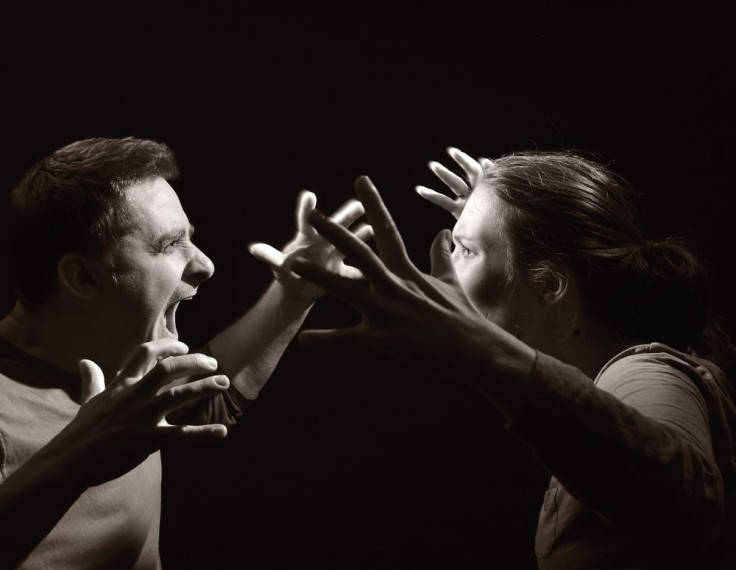Domestic Violence, Interpersonal Conflicts Better Predictor Of Neighborhood Crimes Than Vandalism

Interpersonal conflict, such as domestic violence or money disputes between friends, predict the arrival of more serious crime in a neighborhood, say Harvard and Northeastern University researchers. Private conflict which elevates personal stress, the new research says, is a better predictor of neighborhood deterioration than public disorder, such as vandalism.
"The evidence here is that private events, if they’re stressful and if they have conflict, escalate over time," Dr. Dan O’Brien, assistant professor at Northeastern University and research director of the Boston Area Research Initiative, told Medical Daily.
"'Broken windows' argues that disorder is an indicator that would-be criminals read and respond to," O'Brien said.
The broken windows model of policing, as originally described in a 1982 article appearing in The Atlantic, suggests disorder is a key indicator of more serious crime. The general idea is that small legal infractions, such as broken windows, graffiti, hopping a subway turnstile, or other misdemeanor crimes, may not link directly to serious crime, but they lead to a social climate of increased fear and isolation. When law-abiding residents withdraw, criminals enter the scene.
“Traditional broken windows theory says disorder encourages people who might commit crime to commit a crime,” O’Brien told Medical Daily.
Police, though, can disrupt this process. If they maintain their presence and ticket small crimes, police effectively will reduce fear in neighborhoods and this, in turn, prevents serious crime from taking root.
Better Way?
While this well-known policing model may have been compelling in the past, today, in the Age of Big Data, large sets of administrative information are available and might hold a clue to a better strategy. Based on this hypothesis, Drs. Daniel O'Brien and Robert J. Sampson applied ecometric analysis to data from 911 dispatches and 311 service requests in more than a hundred residential areas of Boston between 2011 and 2012. They found social disorder and personal disorder, including graffiti and improper disposal of trash, were only slightly predictive of future violence and further disorder.
More importantly, they discovered incidents involving guns in 2011 predicted more homicides in 2012. And neighborhood rates of interpersonal conflict in 2011 linked to increases in social disorder (including public intoxication), private neglect, crime, and physical and gun violence in 2012.
In other words, domestic violence, disputes over girlfriends, arguments with landlords spill over into public spaces, whether stoops or street corners, bars or local parks. The researchers speculate that people facing stressful conflicts with others may respond violently to issues within their community. External disorder may also stress people within a community, intensifying conflicts in their private lives.
“This suggests the focus should be on these more private issues,” O’Brien told Medical Daily. “Most urban governments and police departments are concerned with domestic violence already.”
He noted “it’s a very attractive idea” that if police could fix all the misdemeanors in a community, they could prevent more serious crimes. Interpersonal conflict is “a little bit harder to address directly.”
Source: Tumminelli D, O’Brien D, Sampson RJ. Public and private spheres of neighborhood disorder: Assessing pathways to violence using large-scale digital record. Journal of Research in Crime and Delinquency. 2015.



























